How the Shure SM57 became an industry standard microphone – from presidential duties to pop
Find out how a humble workhorse mic became a stage and studio staple
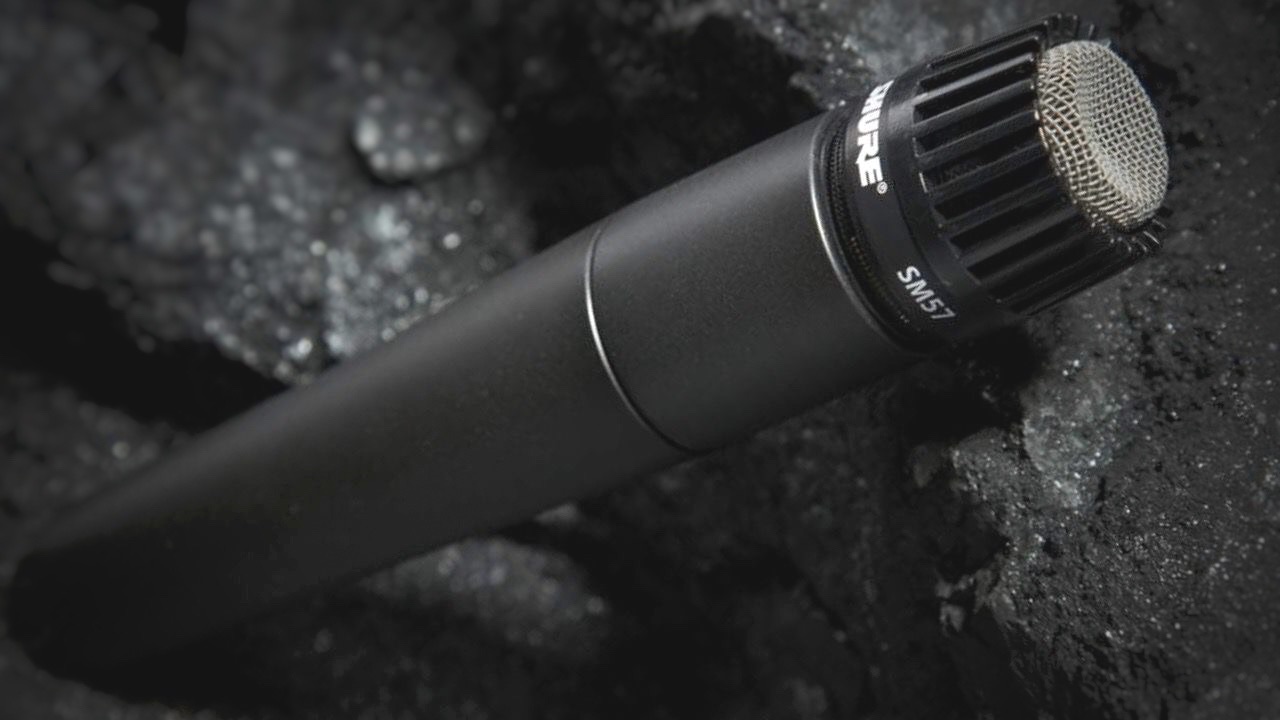
The chances are, if you’ve heard a popular music record from the past 40 years, or you’ve heard a speech from an American president, or you’ve watched any television in your life, then you’ve heard the work of a Shure SM57.
But how exactly did this ubiquitous little microphone become quite so widely used? Here we’ll explain some of the history of the SM57 and outline exactly how – and why – it became an industry standard.
What is it?
At its core, the Shure SM57 is a relatively simple, low cost, general-purpose dynamic microphone which excels in a wide variety of situations. From its origins in broadcast media, to its versatility in music recording and performance, the SM57 has seen it, done it, and got the proverbial t-shirt.
You can stick one in front of a raging guitar cabinet and it’ll lap up every harmonic with ease. Equally, put it on a snare drum and it’ll catch the explosive transient and body of the drum. But the go-to instrument mic also has its fair share of vocal takes under its belt – place one on a lectern and it’ll pick up every nuance in a presenter’s voice.
You can use an SM57 in near-enough any environment you can think of, from hot to cold, and from quiet to loud, and it’ll never let you down. Its success is a corollary of its absolute reliability, no matter the situation they’re placed in. They’re affordable, versatile, sound great, and they simply will not die. That’s why people love them.

What’s the history?
The SM57 lineage can be traced back all the way to those fancy art-deco microphones Elvis used to use; the Shure Model 55. Inside those was a dynamic capsule that Shure called the Unidyne, which was one of the first dynamic mic capsules to prove there was an alternative to the expensive, fragile ribbon mics which were prevalent at the time. Seeing how popular the Model 55 had become, an engineer at Shure mics called Ernie Seeler developed the Unidyne III capsule which made its way into the company’s new Model 545: the world’s first unidirectional, end-fire dynamic microphone.
At the time, TV – and louder rock ‘n’ roll – was growing in popularity, increasing the demands on microphones. A new variant on the Model 545 was required, with the same proven Unidyne III capsule, but with a casing that could handle the rigours of a busy TV studio. Enter the SM57.
Want all the hottest music and gear news, reviews, deals, features and more, direct to your inbox? Sign up here.
You may already know the ‘SM’ in SM57 stands for ‘studio microphone’ but you may not be aware that it refers to TV studios, rather than music. With this came with some additional design points: the matte black paint job was to minimise reflections on-camera, and the omission of a power switch was to avoid the mic accidentally being turned off mid-broadcast.
Word began to travel fast within the AV community of this low-cost, durable mic that the TV studios had taken to. They loved its cardioid pickup pattern, which rejected ambient noise superbly. They raved over its bomb-proof rigidity. And, particularly in the music world, there was a lot of love for the way it could deliver in extremely loud situations.
Before the SM57, and dynamic mics in general, close-miking wasn’t always the easiest thing to do. Sensitive condenser microphones were susceptible to handling noise, while ribbon mics ran the risk of physically breaking under the full force of high SPLs from louder instruments, or worse still, being mishandled or dropped. Yet the SM57 took all of the above, plus anything else completely in its stride.
What’s it good for?
The simple answer here is that a Shure SM57 will give decent results with almost anything. From music to speech, and from TV to field recording. Its status as a general-purpose microphone means exactly that; it is the jack of all trades.
In a musical sense, there are many ways in which an SM57 will prove its worth. In a studio, you’ll often find guitarists combining an SM57 up against the cone of a speaker cabinet with a condenser or ribbon mic placed slightly further back to ‘round out’ the sound. Snares and toms also make full use of the SM57’s high SPL rating, (which indicates how much volume or pressure the capsule can withstand before distorting). These benefits also come into their own in a live setting, where the tight cardioid pattern ensures the mic picks up what it’s intended to pick up. So having one pointed at a speaker cab means it’ll pick up only the speaker cab, and reject noises coming from the drum kit next to it, for example.
It’s worth highlighting the benefits of their robust construction too. When designing the SM57, the engineers at Shure subjected it to all manner of abuse, including being dropped from great heights, submerged in water and even baked in an oven. The result is a microphone that is more than capable of handling the trials and tribulations of a 12-date stretch across your local pubs and clubs.
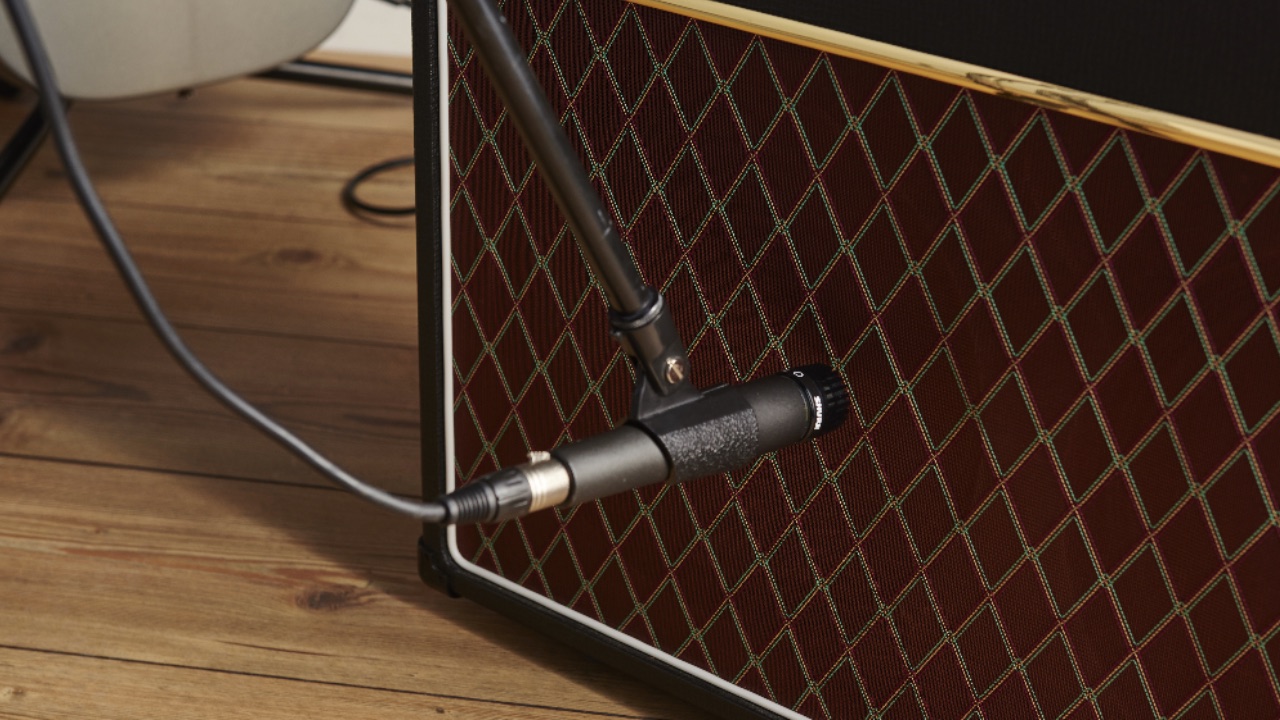
Who uses them?
Often, when looking at famous historical users of a piece of kit, you can point to specific albums or tracks on which it featured. With the SM57, we’d run out of internet before we finished listing its famous users. Perhaps the best endorsement comes not from the music world, but from the fact that since its launch in 1965, a VIP kit comprising two SM57s has been the go-to choice for every US presidential address. These speeches are often delivered outdoors, in all manner of different weather conditions, and the ability of the SM57 to operate without fault means there’s never been reason to doubt them.
Why is it so darned popular?
The longstanding popularity of the Shure SM57 can largely be attributed to several factors. As we’ve outlined, its versatility means it’ll deliver great results in a huge variety of situations. Its build quality is peerless; they simply do not break, or have ‘off days’, or tremble under the weight of huge volume. And, best of all, you can pick them up for around £/$100. There can’t be many top studios who don’t have a handful of SM57s in their arsenal, and there’s every reason you should too.
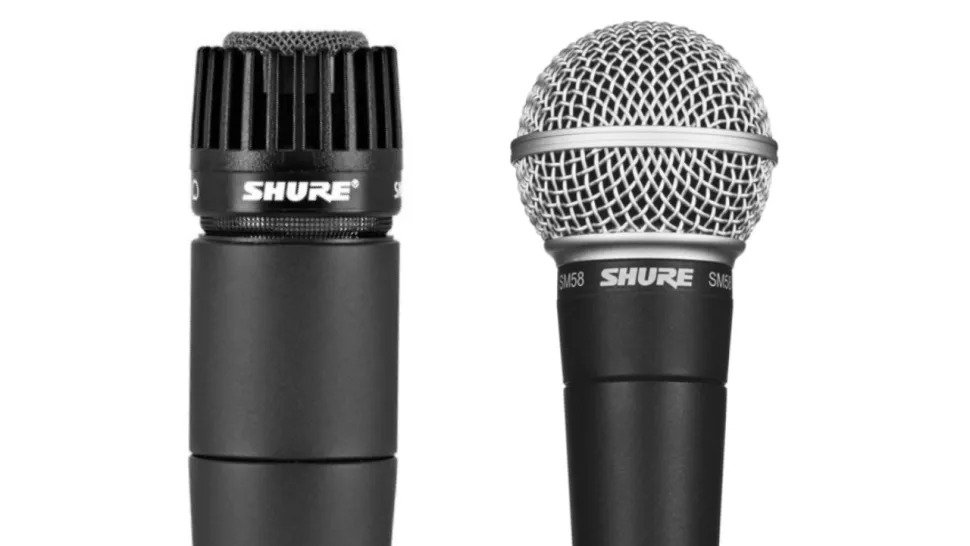
Shure SM57 VS SM58: what’s the difference?
While the Shure SM57 and its sibling the SM58 share the same Unidyne III capsule design, their intended applications are different, and believe it or not that ball-shaped grille on the SM58 has various impacts on the sound.
Apart from the obvious visual difference, the SM57’s flush capsule/grille design makes it easier to place more accurately in close-micing situations than the SM58.
Cardioid microphones also exhibit the proximity effect: an increased bass response when placed close to a source. The SM57 has a stronger proximity effect due to the fact that the capsule can get closer to the source you’re placing it on - for vocals that means more of that ‘radio presenter’ tonality, more body from snare drums and thicker guitar sounds.
However, the proximity effect isn’t always desirable, and when it comes to vocalists, the extra bass boost can also result in greater plosive sounds.
That’s where the SM58 and its foamed windshield come in. Not only does the extra gap between the capsule and grille ensure a minimum distance when singing into the mic (reducing the proximity effect), but the windshield also helps to catch those plosive sounds.
Finally, the grille, distance and pop-filtering of an SM58 changes the way it handles high frequencies slightly, reducing the high-end output above 5000Hz when compared to the SM57.
Shure SM57 alternatives
The sound of vocals and instruments recorded with a close-positioned SM57 is so familiar to our ears, it's part of the sound of popular music. However, if you feel like opting for something a bit different, these alternatives will get the job done perfectly.

Audix i5
One of the most common alternatives to the SM57’s do-it-all design is the Audix i5. It’s dipped mid range and boosted high end, along with exceptional high-SPL handling make it a great choice on snare drums, guitar cabs and brass instruments.
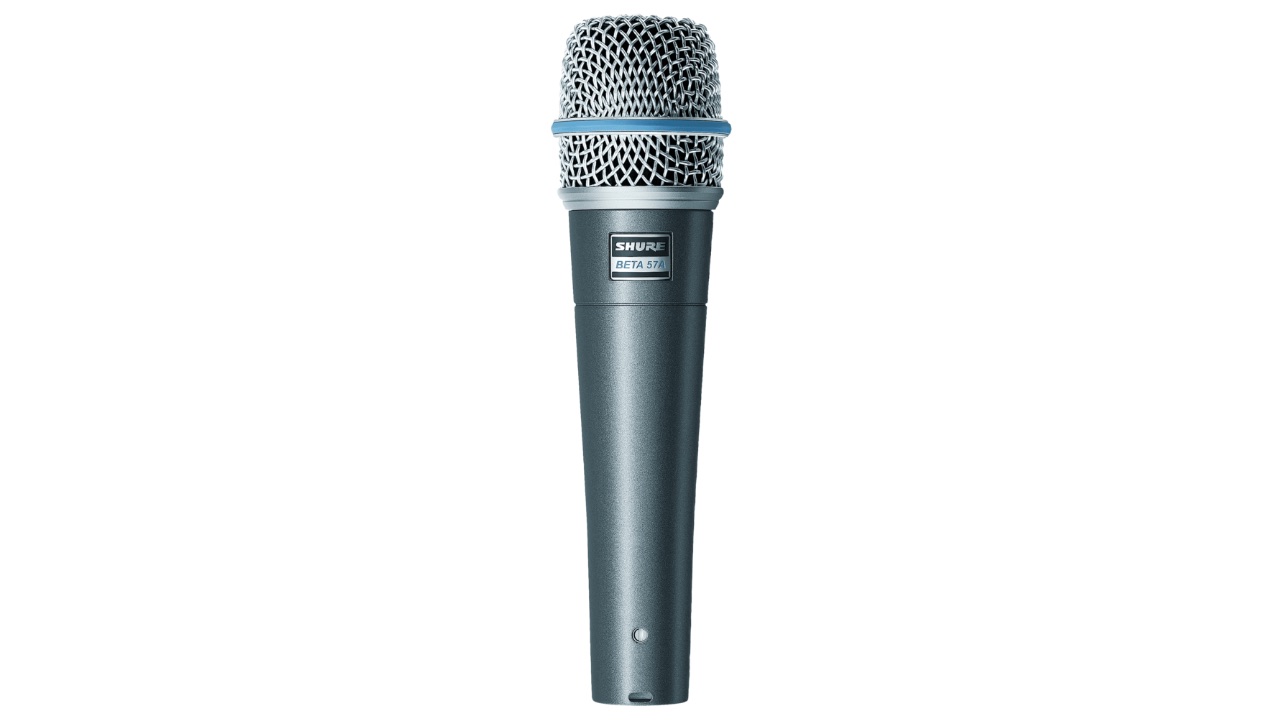
Shure Beta 57A
Shure’s ‘premium’ 57 instrument mic is often used for vocals due to its supercardioid polar pattern offering greater directionality and off-axis rejection, as well as an increased proximity effect.
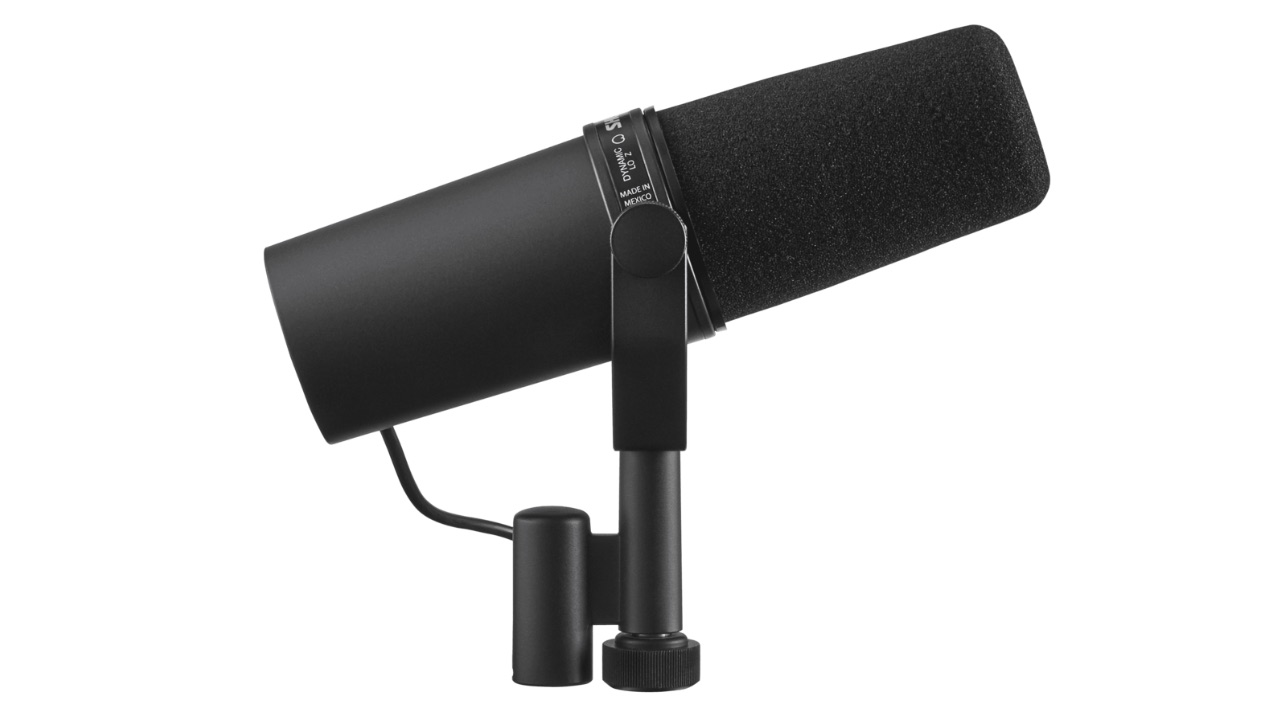
Shure SM7B
The SM7B has found its place both in broadcast speech and studio vocals. If you’re looking for a large diaphragm dynamic vocal mic, the SM7b will deliver smooth warmth in spades.

Sennheiser e609
The e609’s flat-fronted grill means that this dynamic mic can be positioned extremely close to guitar cabs, just like the SM57. While its footprint might not lend itself to every application, the supercardioid polar pattern will give you increased rejection to help cut down on bleed.
Chris Corfield is a journalist with over 12 years of experience writing for some of the music world's biggest brands including Orange Amplification, MusicRadar, Guitar World, Total Guitar and Dawsons Music. Chris loves getting nerdy about everything from guitar and bass gear, to synths, microphones, DJ gear and music production hardware.
